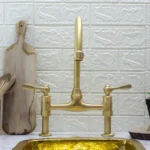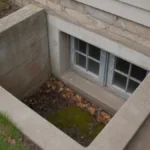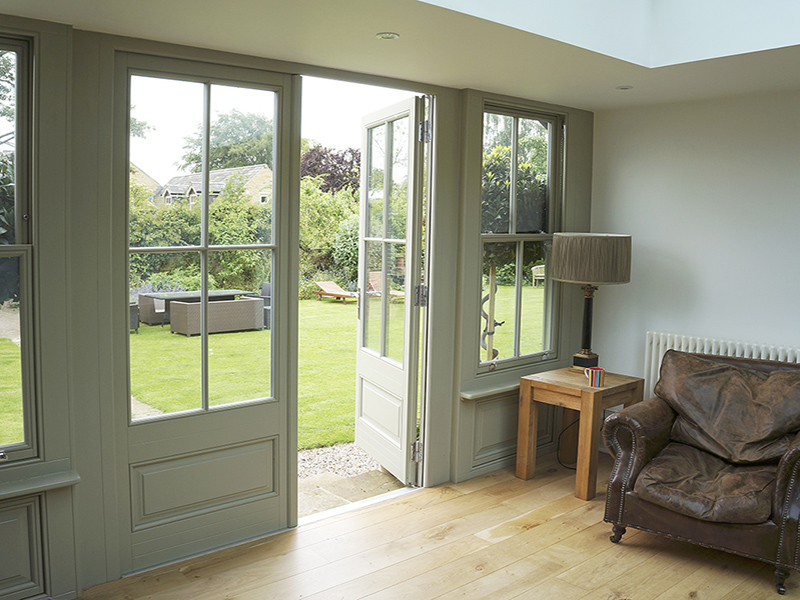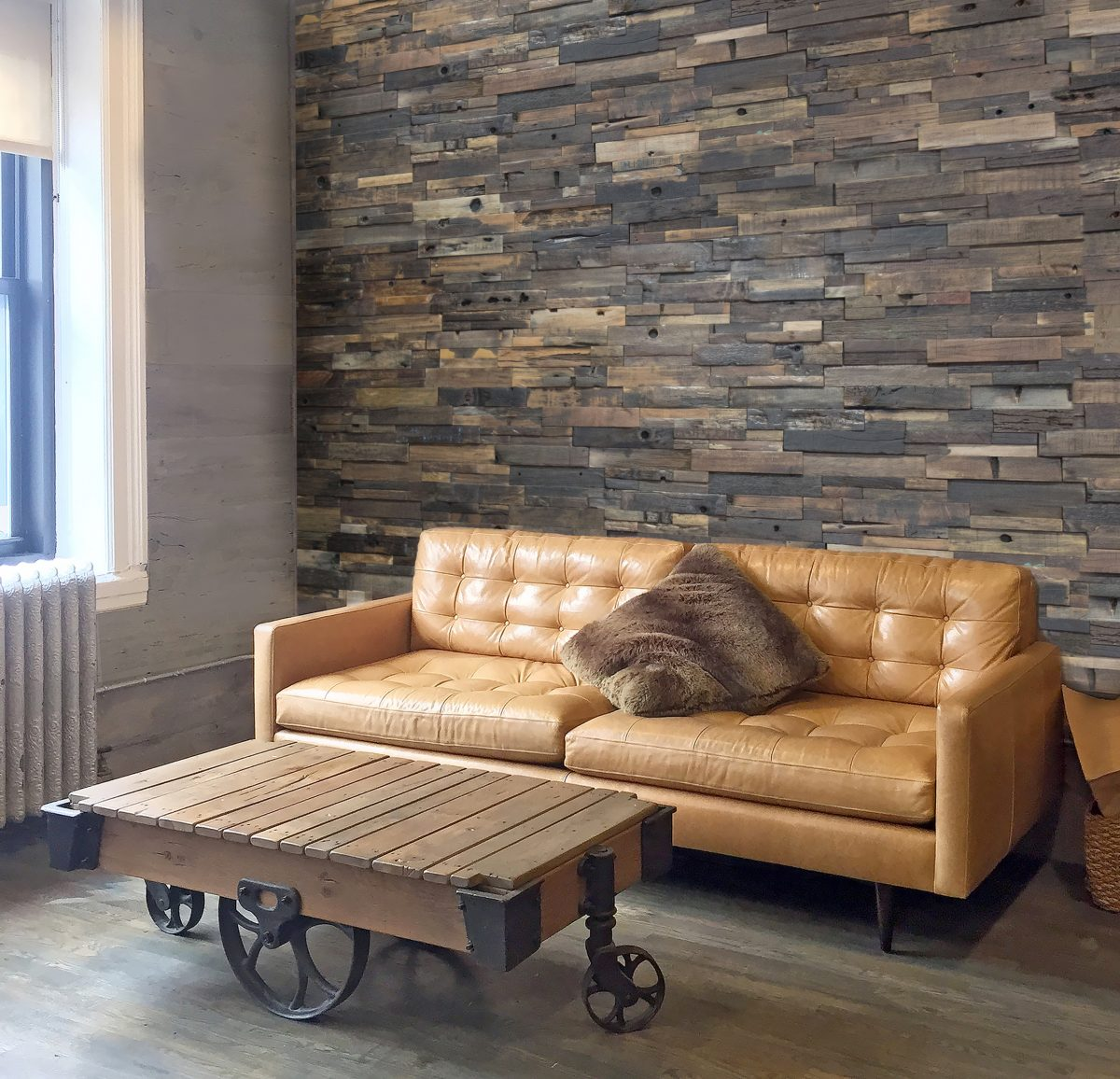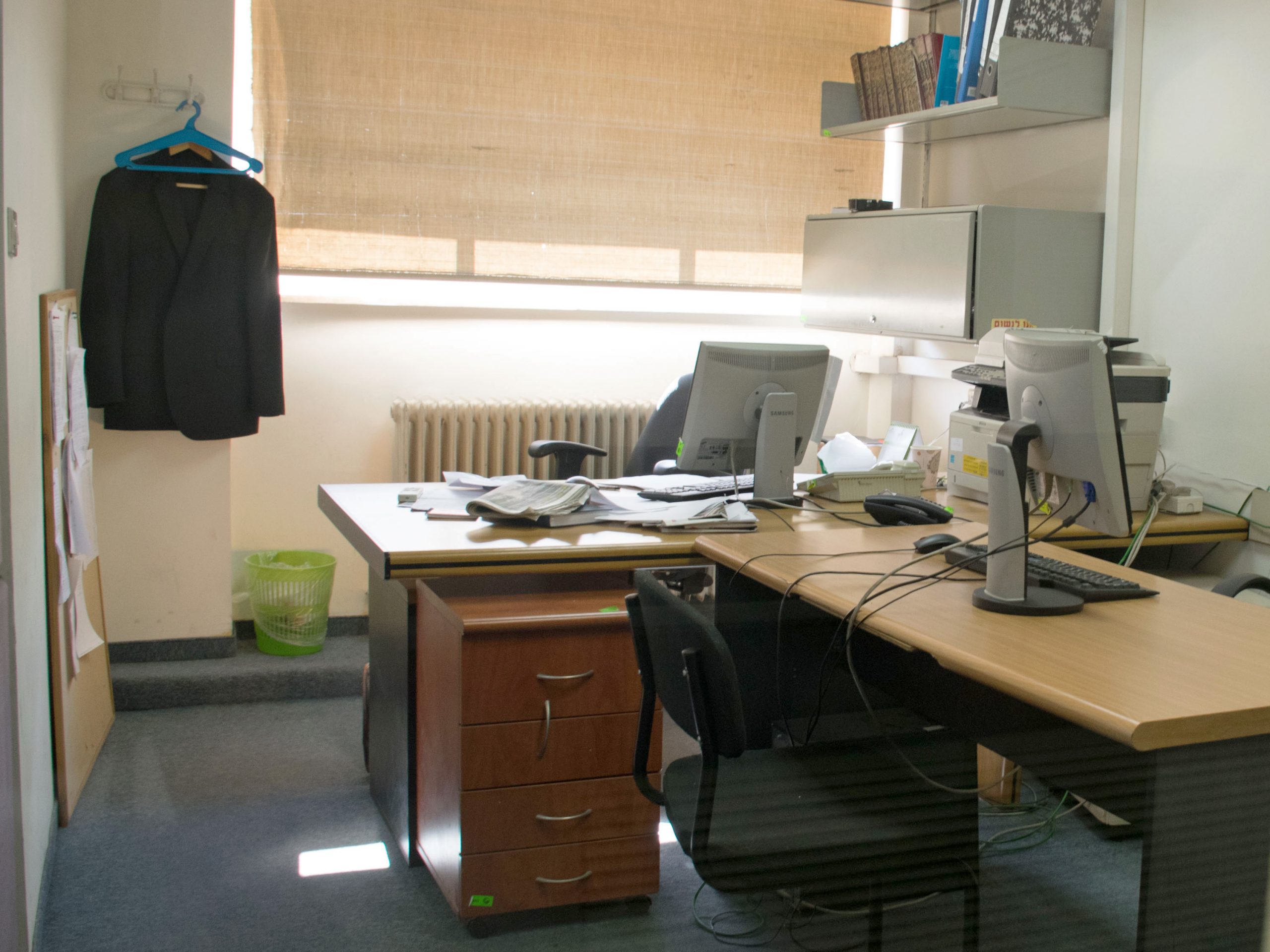When you think of a chimney, you might picture the large, focal point of your home’s architecture. In reality, your chimney is much more than just an aesthetic feature. It is a critical part of your home’s heating system that has several important functions. Fortunately, the role of your chimney in the operation of your heater is simple to understand. The main difference between your chimney and flue is that a flue is just the pipe that connects your fireplace or wood-burning stove with the rest of the exhaust system in your home. A chimney, on the other hand, Is the entire structure that contains the fuel, the chimney pot, the fireplace, and the chimney stack.

What is a Chimney?
A chimney is a vertical structure that contains the flue, the chimney pot, the fireplace, and the chimney stack. A chimney is used to heat the home by first burning fuel (such as wood, coal, or gas) in the fireplace. As the fuel burns, it produces exhaust gases that need to travel up the chimney and out of the home. This is accomplished through the use of a flue. A chimney is generally made of bricks, concrete, or other durable materials.
What is a Flue?
A flue is a pipe that connects your fireplace or wood-burning stove with the rest of the exhaust system in your home. This part of the system is the critical path that allows the combustion gases to travel from the fuel source to the outside air. The flue requires a few inches of clearance on all sides to ensure a safe path for the combustion gases. Its size and location are carefully designed to meet the specific needs of your home. The flue will follow the path of the chimney, but it does not need to be made of the same materials.
Why Do We Have Chimneys and Flues?
A chimney and flue are used to:
- Provide a safe path for gases
- Provide a safe path for combustion byproducts
- Provide a path for clean air
- Provide proper ventilation that prevents back-drafting.
The chimney and flue work together to create a safe and efficient pathway for smoke and other products created by burning fuel. The chimney is the path that the gases travel up, while the flue is the path that the gases travel down. The gases created by burning fuel need to be removed from the home to avoid health hazards. This is accomplished by drawing in clean air at the base of the chimney and using the flue to push out the toxic gases. The flue and chimney are also responsible for maintaining positive pressure inside the home. This is especially important in homes with gas appliances.
How Are Chimneys and Flues Used in Heating?
All chimneys and flues are designed to work in conjunction with one another. The flue is connected to the chimney, and the chimney is connected to a stove or furnace. The stove or furnace creates a vacuum that pulls the air through the flue and into the chimney. The flue will have a trap installed at the bottom that prevents water from entering the system. The chimney is responsible for allowing the gases to travel up and out of the home, while the flue is responsible for letting air travel up and into the home.
How Can a Chimney be Damaged?
A chimney can be damaged by clogs, fires, or bad installation. A clog in the flue can disrupt the airflow and cause backdrafting. Fires can cause damage to the entire chimney including the flue. The flue is often made of thin, fragile materials that can easily be broken or damaged if it is not installed correctly. If the flue is damaged, it should be replaced immediately.
How to Tell If Your Chimney is Problematic?
If you notice any problems, it is time to contact a professional. You should also have your chimney inspected on an annual basis. This is a simple and inexpensive way to identify problems before they become serious. A periodic inspection will also allow you to maintain the life of your chimney and prevent costly repairs in the future.
Conclusion
The key difference between a chimney and a flue is that a chimney is an entire structure that contains the fuel, the chimney pot, the fireplace, and the chimney stack. A flue is just the pipe that connects your fireplace or wood-burning stove with the rest of the exhaust system in your home. All chimneys and flues are designed to work in conjunction with one another. The flue is connected to the chimney, and the chimney is connected to a stove or furnace. The stove or furnace creates a vacuum that pulls the air through the flue and into the chimney. A chimney can be damaged by clogs, fires, or bad installation. A clog in the flue can disrupt the airflow and cause backdrafting. Fires can cause damage to the entire chimney including the flue.

My name is Author Name. I post about home improvement ideas and how to make your home look beautiful and liveable. I hope my posts will help you with your DIY projects!
